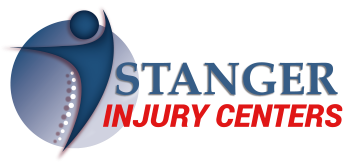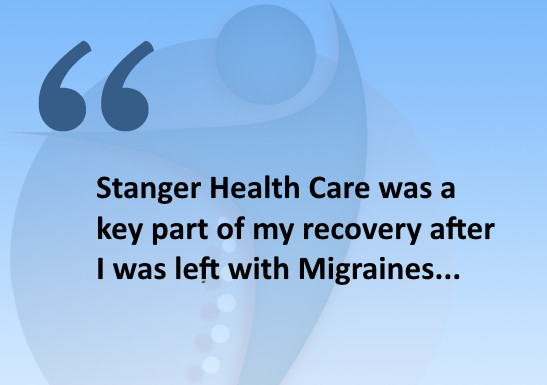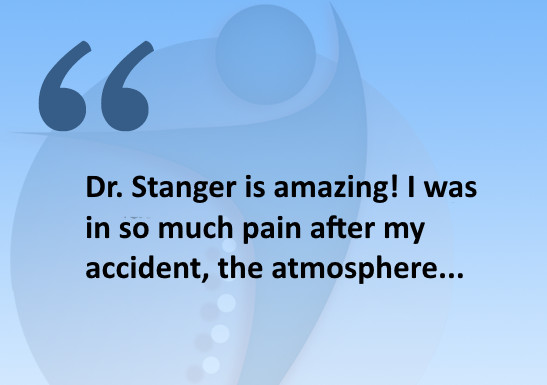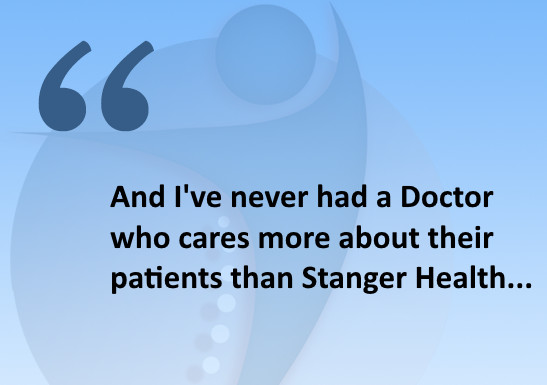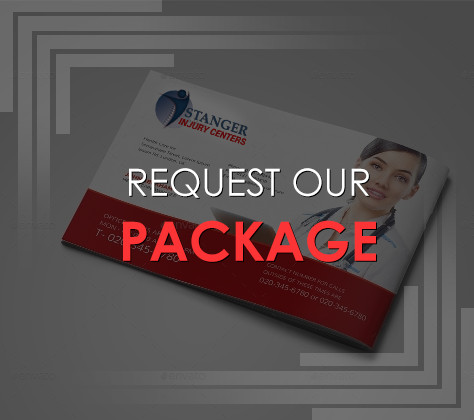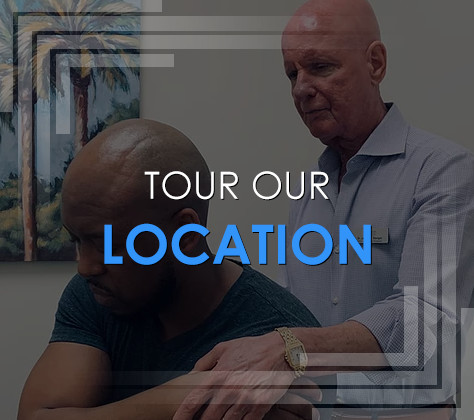
Back Injuries
Your back is an intricate structure of bones, muscles, and other tissues extending from your neck to your pelvis. Back injuries can result from sports injuries, work around the house and garden, or a sudden jolt such as a car accident. The lower back is the most common site of back injuries and back pain. Common back injuries include:
- Sprains and strains
- Herniated disks
- Fractured vertebrae
These injuries can cause pain and limit your movement. Treatments vary but might include medicines, icing, bed rest, physical therapy or surgery. You might be able to prevent some back injuries by maintaining a healthy weight, lifting objects with your legs and using lower-back support when you sit.
Types of Back Injury
Two main types of back injury include:
- Spondylolisthesis: This is a slipping of vertebra that occurs, in most cases, at the base of the spine. Spondylolysis, which is a defect or facture of one or both wing-shaped parts of a vertebra, can result in vertebrae slipping backward, forward, or over a bone below.
- Radiculopathy: is the damage or disturbance of nerve function that results if one of the nerve roots near the vertebrae is compressed. Damage to nerve roots can cause pain and the loss of sensation in various extremities, depending on where the damaged roots are located.
After your accident, you may have experienced severe, moderate, or no pain at all. Surprisingly, most auto injuries are hidden and seldom detected for months, or even years. Often, the initial pain subsides, only to return full-blown later. Soft tissue injuries (injuries to muscles, ligaments, and discs) caused by auto accidents can be very deceiving. Soft tissue injuries heal with scar tissue and don’t always cause pain immediately, but the damage done to your spine can lead to the following problems:
- Recurring headaches
- Neck pain and stiffness
- Numbness, tingling, or pain in the arms or hands
- Chronic muscle tension and spasm
- Low back pain
- Spinal disc degeneration
- Painful, inflamed arthritis
- Sore, tight, inflexible muscles
- Decreased athletic ability
- Greater chance of re-injury
- Poor posture
The amount of damage to the automobile bears little relation to the force applied to the cervical spine (neck) of the occupants.
When you injure yourself, your body will compensate for the injured area by trying to guard it. This puts pressure on other parts of your body to help stabilize your spine and keep you upright as much as possible. This pressure is the tightening of the muscles, tendons, and ligaments opposite the injured area, which pulls the joints of the spine out of alignment and puts painful pressure on the nerves in your back and neck.
If not treated properly, this frequently causes a “domino effect” that leads to progressive musculoskeletal imbalance as well as the associated arthritic complications.
Osteoarthritis (degenerative arthritis) tends to cause pain on a daily basis and is progressive. Over time, it can ruin your posture (giving you a slumped or humped back appearance), limit your pain-free range of motion, and make it difficult to participate in many enjoyable activities.
Osteoarthritis involves the discs and other tissues of your spine and leads to progressive symptoms including chronic stiffness, pain, inability to perform simple tasks comfortably, including walking, sitting, sleeping, and/or moving the joints in your arms and legs. Even simply turning your head to one side or the other can be extremely painful, or even impossible
Your back is an intricate structure of bones, muscles, and other tissues extending from your neck to your pelvis. Back injuries can result from sports injuries, work around the house and garden, or a sudden jolt such as a car accident. The lower back is the most common site of back injuries and back pain. Common back injuries include:
- Sprains and strains
- Herniated disks
- Fractured vertebrae
These injuries can cause pain and limit your movement. Treatments vary but might include medicines, icing, bed rest, physical therapy or surgery. You might be able to prevent some back injuries by maintaining a healthy weight, lifting objects with your legs and using lower-back support when you sit.
Types of Back Injury
Two main types of back injury include:
- Spondylolisthesis: This is a slipping of vertebra that occurs, in most cases, at the base of the spine. Spondylolysis, which is a defect or facture of one or both wing-shaped parts of a vertebra, can result in vertebrae slipping backward, forward, or over a bone below.
- Radiculopathy: is the damage or disturbance of nerve function that results if one of the nerve roots near the vertebrae is compressed. Damage to nerve roots can cause pain and the loss of sensation in various extremities, depending on where the damaged roots are located.
After your accident, you may have experienced severe, moderate, or no pain at all. Surprisingly, most auto injuries are hidden and seldom detected for months, or even years. Often, the initial pain subsides, only to return full-blown later. Soft tissue injuries (injuries to muscles, ligaments, and discs) caused by auto accidents can be very deceiving. Soft tissue injuries heal with scar tissue and don’t always cause pain immediately, but the damage done to your spine can lead to the following problems:
- Recurring headaches
- Neck pain and stiffness
- Numbness, tingling, or pain in the arms or hands
- Chronic muscle tension and spasm
- Low back pain
- Spinal disc degeneration
- Painful, inflamed arthritis
- Sore, tight, inflexible muscles
- Decreased athletic ability
- Greater chance of re-injury
- Poor posture
The amount of damage to the automobile bears little relation to the force applied to the cervical spine (neck) of the occupants.
When you injure yourself, your body will compensate for the injured area by trying to guard it. This puts pressure on other parts of your body to help stabilize your spine and keep you upright as much as possible. This pressure is the tightening of the muscles, tendons, and ligaments opposite the injured area, which pulls the joints of the spine out of alignment and puts painful pressure on the nerves in your back and neck.
If not treated properly, this frequently causes a “domino effect” that leads to progressive musculoskeletal imbalance as well as the associated arthritic complications.
Osteoarthritis (degenerative arthritis) tends to cause pain on a daily basis and is progressive. Over time, it can ruin your posture (giving you a slumped or humped back appearance), limit your pain-free range of motion, and make it difficult to participate in many enjoyable activities.
Osteoarthritis involves the discs and other tissues of your spine and leads to progressive symptoms including chronic stiffness, pain, inability to perform simple tasks comfortably, including walking, sitting, sleeping, and/or moving the joints in your arms and legs. Even simply turning your head to one side or the other can be extremely painful, or even impossible
Call Now For More Information About
Stanger Injury Centers
Get Your Free Consultation
Get Your Free Consultation
READ OUR PATIENT TESTIMONIALS
Auto Accident Victims Discover Personal Recovery Success
Auto Accident Victims Discover Personal Recovery Success
